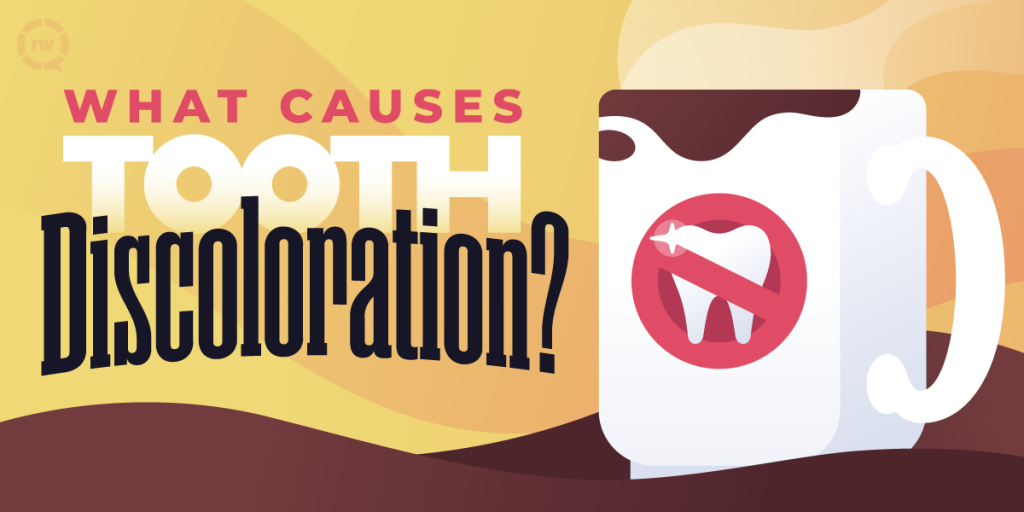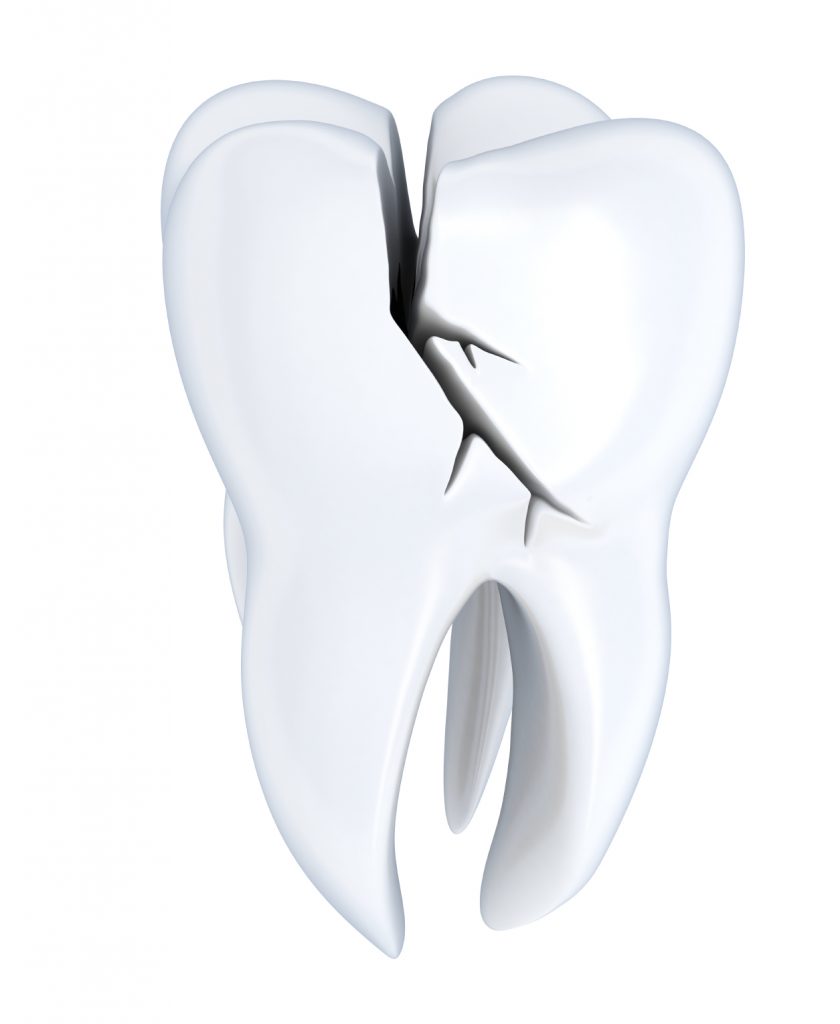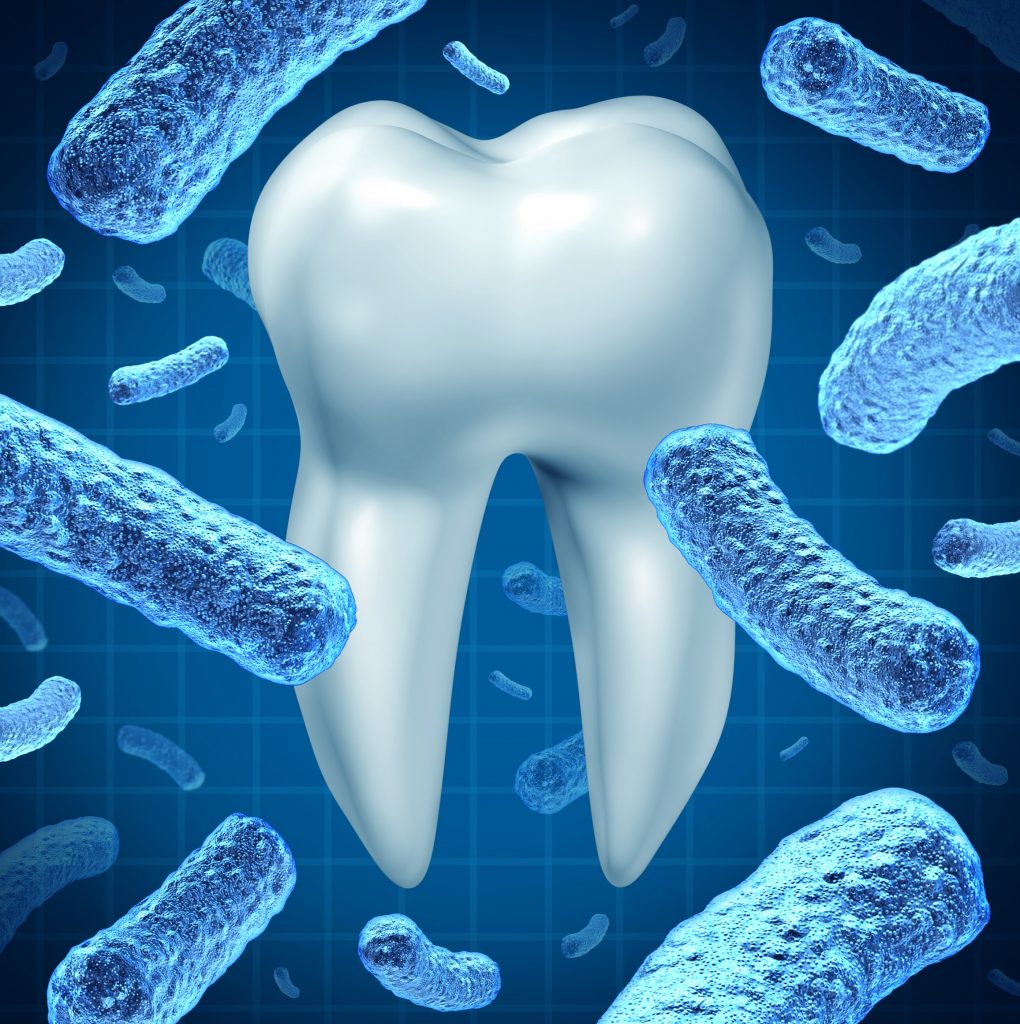
When it comes to tooth decay, it’s important to know the main culprit – acid. Acid is what eats away at our enamel and causes cavities. Acid can enter our mouths in one of two ways: either directly through what we eat (citrus fruits, for example), or as a byproduct when oral bacteria consume the sugars that we eat.
Ultimately, a simple way to identify foods that cause tooth decay is to ask whether it’s acidic or sweet/starchy. Acidic foods include things like citrus fruits, tomatoes, vinegar, kombucha and sour candy. Sweet/starchy foods include things like candy, soda or sugar-sweetened beverages, fruit, bread, cereal, pasta and crackers.
The longer these things interact with your teeth, the greater the chance for tooth decay to occur. For example, sipping on soda throughout the day, or chewing a gooey caramel treat, increases the amount of sugar that coat your teeth. Bacteria love to feast on this sugar, creating an acidic environment and putting your teeth at risk for decay.
To help protect your teeth against tooth decay:
- Reduce your consumption of sweets and refined starches
- Enjoy acidic foods in moderation or as part of a meal
- Decrease or eliminate your consumption of soda or sugar-sweetened beverages
- Swish with water after meals and snacks
- Maintain good oral hygiene to brush away plaque buildup (floss at least once a day and brush twice a day)
And, as always, make sure to visit us regularly so we can remove tartar buildup and assess for early signs of decay.
If you would like to find out more about the causes of tooth decay, contact Dr. Ahmadi at 323-312-0500 to schedule a consultation or visit www.dentalimplantcare.com for additional information.
Dr. Mike Ahmadi proudly serves Bell and all surrounding areas.




